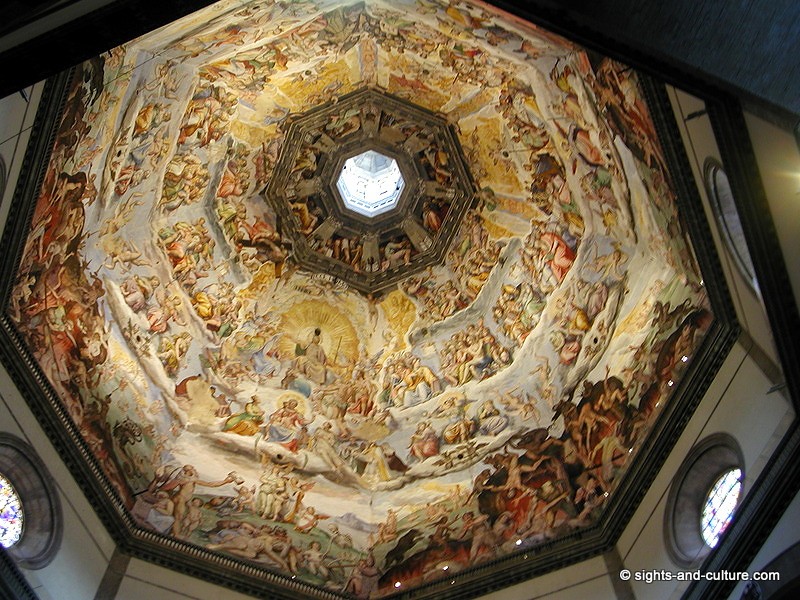Gas Light was developed in the late 18th century and by 1815 there were commercial gas generating plants that piped gas to homes and businesses. One of the first uses of gas in the entertainment industry was in Paris, circa 1816. The first gas light units were simply long pipes with a lot of holes drilled in them, hung over the
stage and
fed by rubber hoses. It became obvious very quickly that the holes rusted up and with the holes on top, most of the light was blocked by the pipe. It also became obvious that the open flame was a fire hazard, especially as scenery then was all wood and fabric and flameproofing was still 100 years or more away. Improvements included
ceramic tips to form and shape the flame and short stems to place the flame to the side of the pipe. Other improvements included corrugated tin
heat shield/reflectors and
wire cages.
The
introduction of electricity did not replace gas overnight. In fact many
stage, businesses and homes were still lit with gas after WWI. At the beginning there were many
electric/gas combination units. Check out this old J.R.
Clancy catalog from 1893 and look on
page 3
http://library.constantcontact.com/download/get/file/1102258086690-159/Theatre+DesTech+Fall10.pdf
You can see the gas jet stems and the bare
bulb lights in the combination
unit. After the turn of the century, the exact date is highly debated among historians and many inventors and entrepreneurs have tried to take credit for inventing the first single units. What is known is that as theatres changed to electricity, the gas pipes were still there and simply left in place especially if they were the combination units. As spotlights and purpose built trough type strip lights were developed, the gas pipe that was there was the obvious place to hang them. As single units were developed and lenses and reflectors were added, it became
clear that chain and standard plumbing fittings were impractical as a clamping/hanging device and someone developed the "C" clamp we all know and love/hate today. I have never studied the history of the "C" clamp, if anyone has real documented information on this I would be interested.
As lighting equipment developed in the first quarter of the 20th century, more lighting positions were added and by now many of the units had clamps that attached to pipe. Most old hemp systems did not have battens of any kind, wood or other. The battens were a permanent part of drops sandwiched to the tops and lift lines were attached directly to the drops or hard scenery as needed. Wood battens were not suitable to hang lights and they were weak when it came to supporting the
point loads imparted by lighting equipment and cable, so pipe was used. At the time the number of lights and the structure of scenery did not impose the loads we experience today. Pipe was much stronger than wood and no one thought to get engineers involved or anticipate the loads we impose on rigging systems today. If they had, it is possible we might have a
batten shape similar to an I beam or back to back strut as battens today. Touring shows also began to request
house battens for flying drops so they could tour with folded
goods instead of a
drop rolled on a 40' long top
batten of double 1x3.
Basically, when electricity came along, there was pipe where the lights needed to go. As
electric units were developed and expanded, the desired locations for lights already had pipe there, so hang or attach the lights to the pipe, and so on. The choice of pipe was one of availability and convenience, not one of structural consideration, strength or anything else.
HTH.





